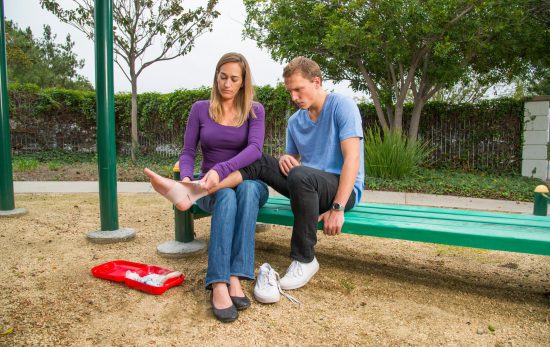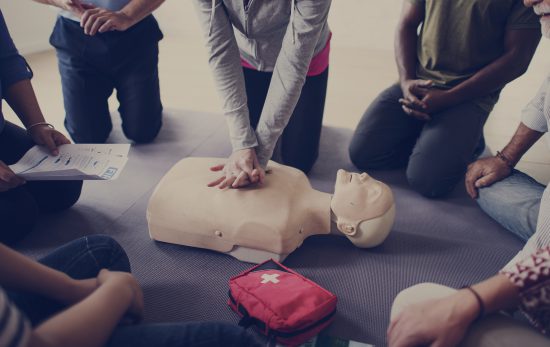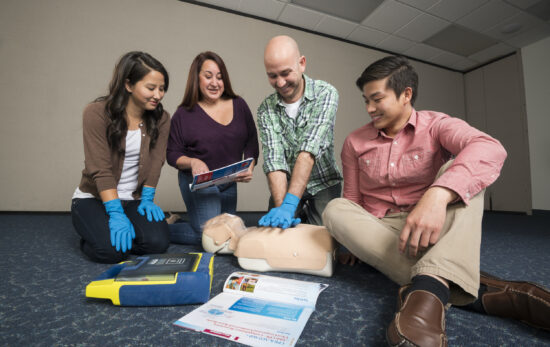Imagine you are at work chatting with a colleague. Then, suddenly, a strange look comes across his face and he collapses to the ground. Recently, you completed a CPR, First Aid, and AED class and spring into action. You call out for someone to call 911, and check for normal breathing. Normal breathing is not detected so you begin CPR, when you suddenly remember… the AED! You shout for someone to get the AED that has been mounted in the hallway of the building for years. When the AED is retrieved, you open the case, try to turn the device on and… nothing. In short, you realize the batteries are dead!
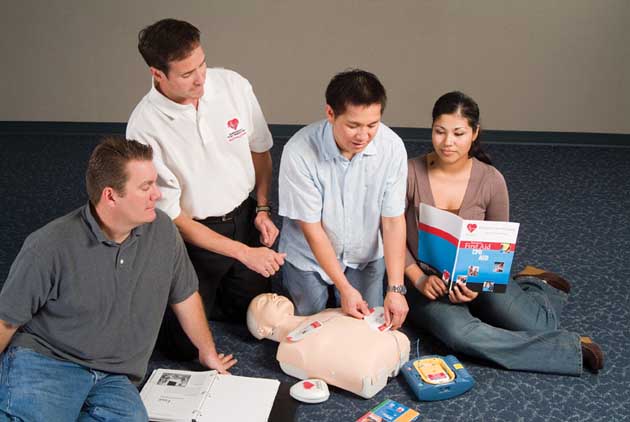
Important Facts About AEDs
An Automated External Defibrillator (AED) is simple to use and is not dangerous to a rescuer or bystander but does need regular maintenance. Furthermore, CPR with an AED is proven to be more effective than CPR without an AED. So, knowing how to use an AED increases the chances of saving the patient’s life.
Steps for Proper AED Maintenance
Automated External Defibrillators (AED) can be a lifesaving tool but can be useless if not maintained. So, an AED maintenance schedule is imperative to keeping your device functioning properly. Follow these rules and, chances are, you and your AED will be ready to save a life.
- Place your AED in a visible and unobstructed location
- Verify the battery installation is correct
- Check the status / service indicator light
- Note the absence of the visual/ audio service alarm
- Inspect exterior components and sockets for cracks
- Confirm that you have two sets of sealed AED pads that have not expired
- Keep accurate records and replace the AED battery as recommended for your particular device
- Refer to the manufacturer’s guidelines for proper maintenance procedures for your particular device
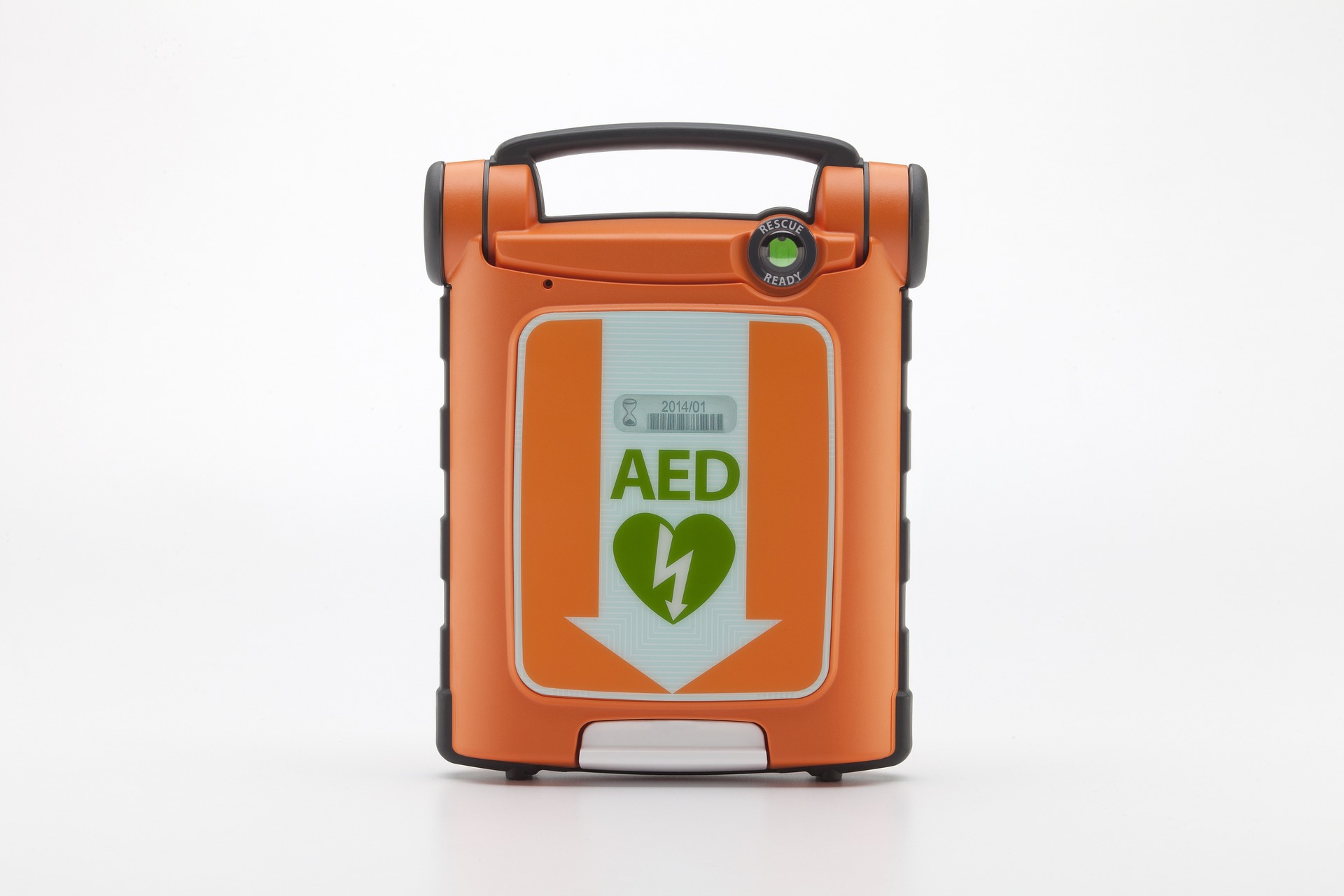
When to Check Your AED
There should always be a protocol in place for preventative maintenance of safety devices. Your AED should be inspected daily, monthly and annually. Daily, check the “status indicator”; a properly working device will have a green light. Monthly, complete the eight steps listed above. Lastly, every year there should be a more in-depth inspection. Follow your AED manufacturer guidelines for this annual inspection.
Replacing Your AED
Typically, an AED has a lifespan of 10 to 15 years, depending on the manufacturer and the environment it’s in. When deciding on whether it’s time to replace your AED, we recommend checking the manufacturer’s warranty. If the warranty is expired, it’s time for a replacement.
AEDs save approximately 1,700 people annually. The goal is to never have to use an AED, but when it’s necessary, the device needs to be ready. And, you’ll need to know how to use it. Taking the Emergency First Response Primary and Secondary Care training course is a good place to start. Sign up for your course today by clicking the button below.

